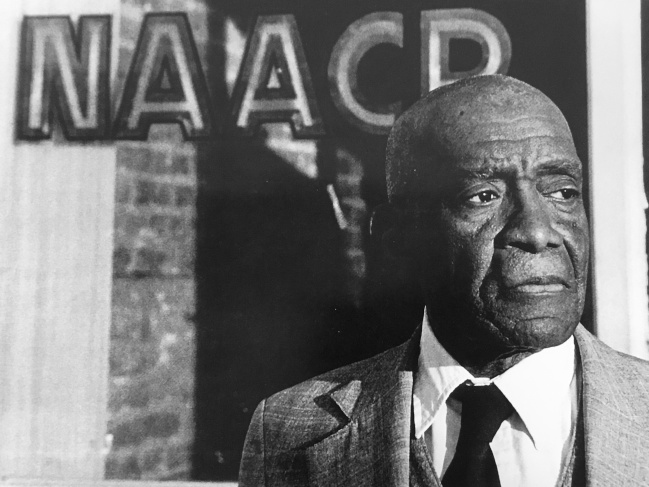Westley Wallace Law

Savannah’s Civil Rights Movement, led by NAACP president, Westley Wallace Law, has the Ralph Mark Gilbert Civil Rights Museum to tell its important story to the Savannah community and visitors to this city from around the globe. Law succeeded Gilbert and led the NAACP for 26 years. He was instrumental in the protests to desegregate white businesses in downtown Savannah. He also served as NAACP president for the state of Georgia.
The Ralph Mark Gilbert Civil Rights Museum, at 460 Martin Luther King Boulevard, is named for the man who headed up the local chapter of the NAACP and organized chapters around the state. Reverend Dr. Ralph Mark Gilbert mentored Law in the 1940s to head up the NAACP Youth Council during his tenure as 13th pastor of the First African Baptist Church. Both the Church and the Museum are now listed on Georgia’s Footsteps of Dr. Martin Luther King Jr. Trail.
Law was instrumental in selecting the site for the Civil Rights Museum. It is located in a historic building, built in 1914, to house the Wage Earner’s Savings Bank. From the beginning until it became a Museum there was a Barber shop on the lower level. In later years, the building was home to Guaranty Life Insurance Company and Atlanta Life Insurance. Civil rights attorney B. Clarence Mayfield and Judge Eugene Gadsden had offices on the second floor and in later years the office of the local NAACP was in the building.
Today, the Ralph Mark Gilbert Civil Rights Museum stands among the three black history museums established by Westley Wallace Law in Savannah.
After retiring as the NAACP president, Law led the charge to revitalize the Historic Beach Institute Neighborhood and formed the Savannah - Yamacraw Branch of the Association for the Study of Afro - American Life and History (ASAALH). He rallied a community preservation effort and organized to save the 1896 Victorian Cottage about to be demolished on Ott Street. It was moved from that location to the Beach Institute to be the headquarters for ASAALH and Savannah’s Black History house Museum, the King - Tisdell Cottage. It bears the names of its first black owners Eugene and Sarah King and who married Robert Tisdell after death of her husband.
In the early 1990s, Law set his sights on the Beach Institute, built in 1867, as the first school for blacks after Emancipation. It opened as an African American Cultural Center with the collection of Ulysses Davis, a 20th woodcarver and rounds out Law’s love for the arts.
— Vaughnette Goode-Walker, Museum Director